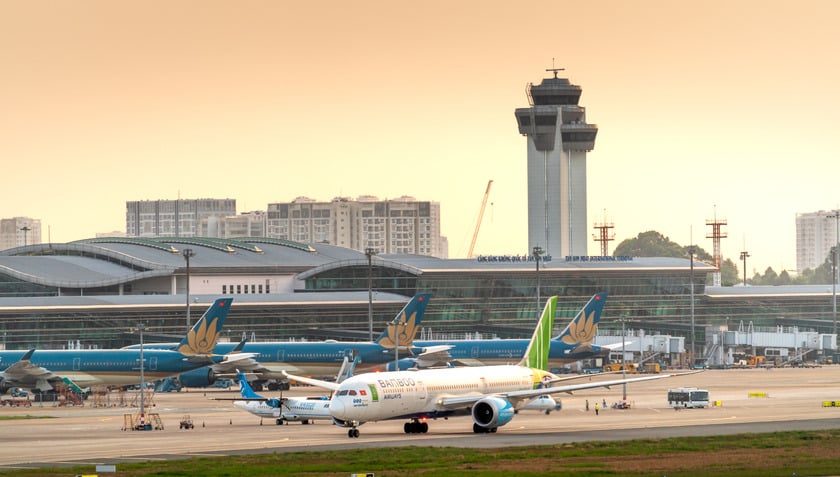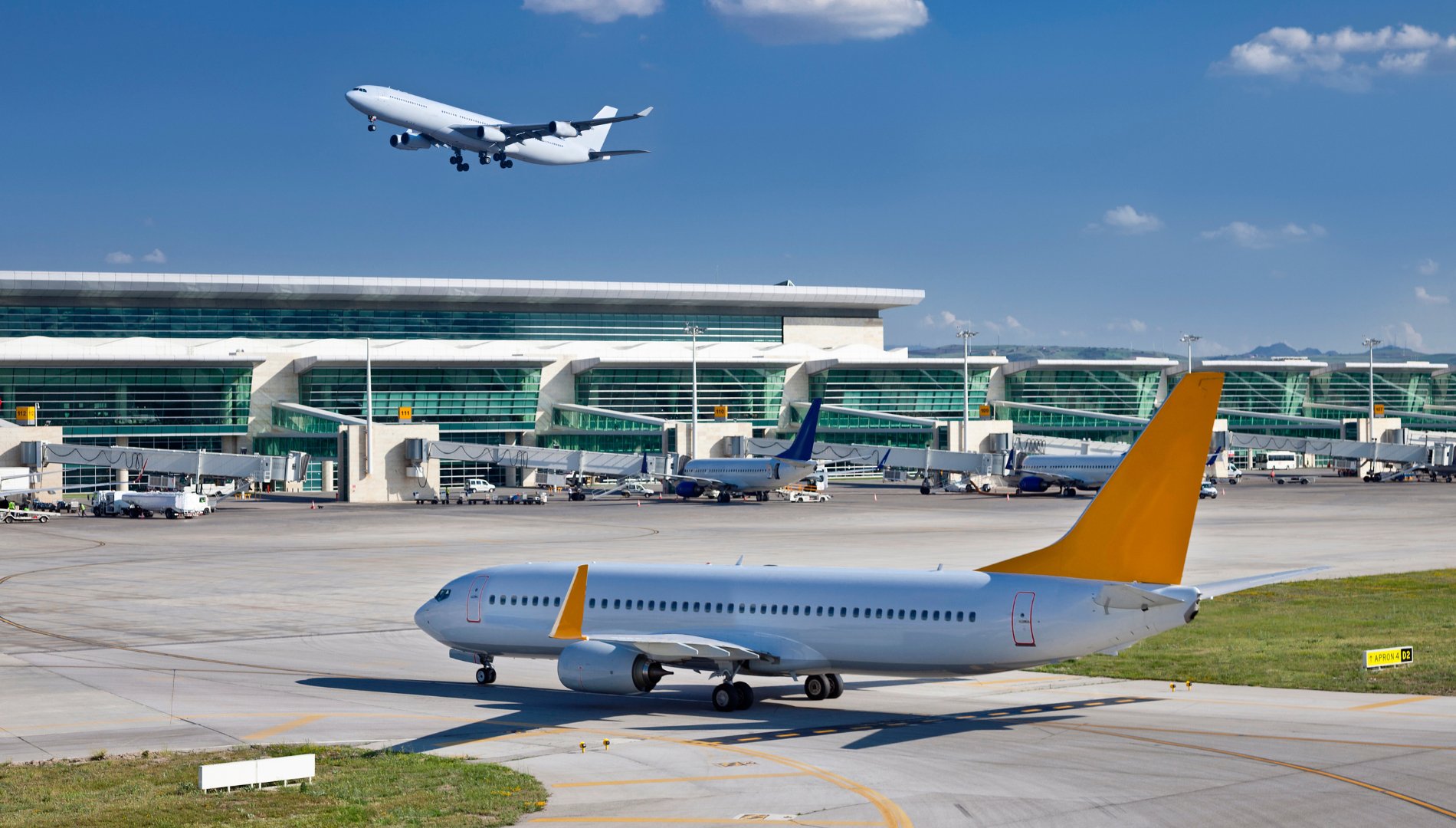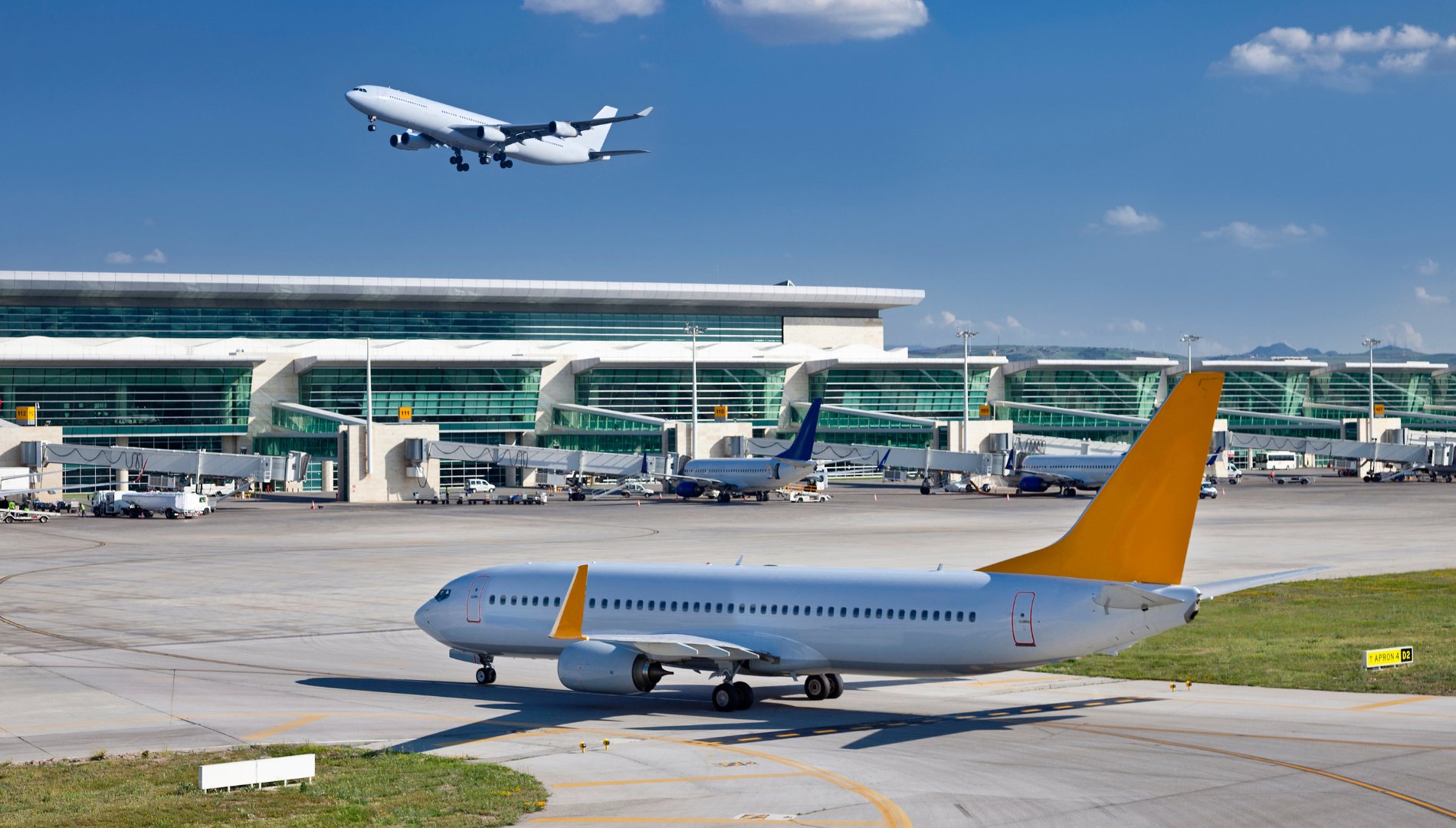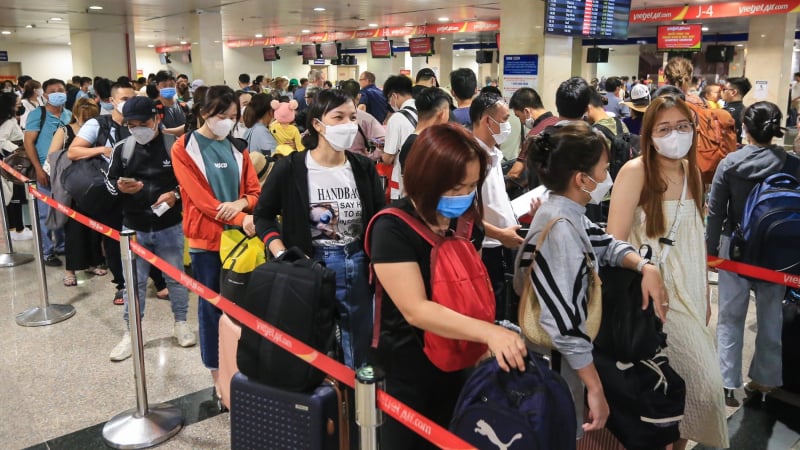Vietnam's aviation industry is strengthening measures to ensure maximum safety in the face of complex natural disasters. The Civil Aviation Authority of Vietnam emphasizes the principle of unified command, specific assignment, proactiveness and promptness in all emergency situations.
These are key factors to effectively cope with natural disasters, and at the same time need to be flexibly adjusted according to the actual developments of each event, ensuring the highest efficiency in response work.

The Civil Aviation Authority of Vietnam has just issued a document requesting agencies and units to proactively manage risks and inspect each aviation project and flight route.
Disaster prevention and mitigation work is implemented based on a risk management approach for each aviation facility and route. This requires a full assessment of potential impacts that may increase the risk of natural disasters.
Relevant agencies and units are required to improve their capacity and strengthen the command structure for natural disaster prevention, control and search and rescue. The goal is to build a centralized, unified system capable of responding quickly and effectively to extreme and abnormal weather developments, ensuring absolute safety for aviation activities.

At the same time, the Department also requires plans and measures to minimize damage to people and property caused by natural disasters during this time.
To ensure maximum effectiveness, heads of agencies and units must thoroughly grasp and effectively implement the "4 on-site" motto. This motto includes: On-site command to ensure direct and timely direction at the scene; on-site forces to mobilize and use human resources right at the local level; on-site materials and means to prepare necessary equipment; and on-site logistics to ensure adequate supply of necessities and necessary support.

Correctly, quickly and accurately implement the "4 on-site" motto to ensure passenger rights.
This motto is implemented according to the principles of proactive prevention, timely response, and urgent and effective remediation, creating a comprehensive and flexible response system, minimizing damage.
The aviation authority particularly emphasizes the need to closely monitor the development of natural disasters and strictly comply with all instructions, guidance and warnings from the government and relevant agencies. The initiative and raising of the sense of responsibility of units when participating with the government, departments, branches and local organizations in the work of prevention, response and overcoming consequences is extremely important, contributing to building a strong and resilient community in the face of natural disasters.

According to the National Center for Hydro-Meteorological Forecasting, from now until August, storms or tropical depressions are likely to be active in the East Sea and affect our country at a level approximately equal to the average of many years.
According to the National Center for Hydro-Meteorological Forecasting, from now until August, storms or tropical depressions in the East Sea are likely to be active at a level approximately equal to the average of many years and affect our country. In particular, the Northern, North Central, Central Highlands and Southern regions are at high risk of moderate to heavy rain, accompanied by dangerous weather phenomena such as thunderstorms, tornadoes, lightning, hail and strong gusts of wind.
From September to November, widespread heavy rains tend to increase, especially concentrated in the Central region. During this time, storm or tropical depression activity in the East Sea and its impact on the mainland is also forecast to be at approximately the average level of many years. To minimize damage caused by these extreme weather patterns, hydrometeorological experts recommend that people and agencies and units regularly monitor forecast and warning information to proactively take timely and effective response measures, ensuring safety for life and production activities.




































